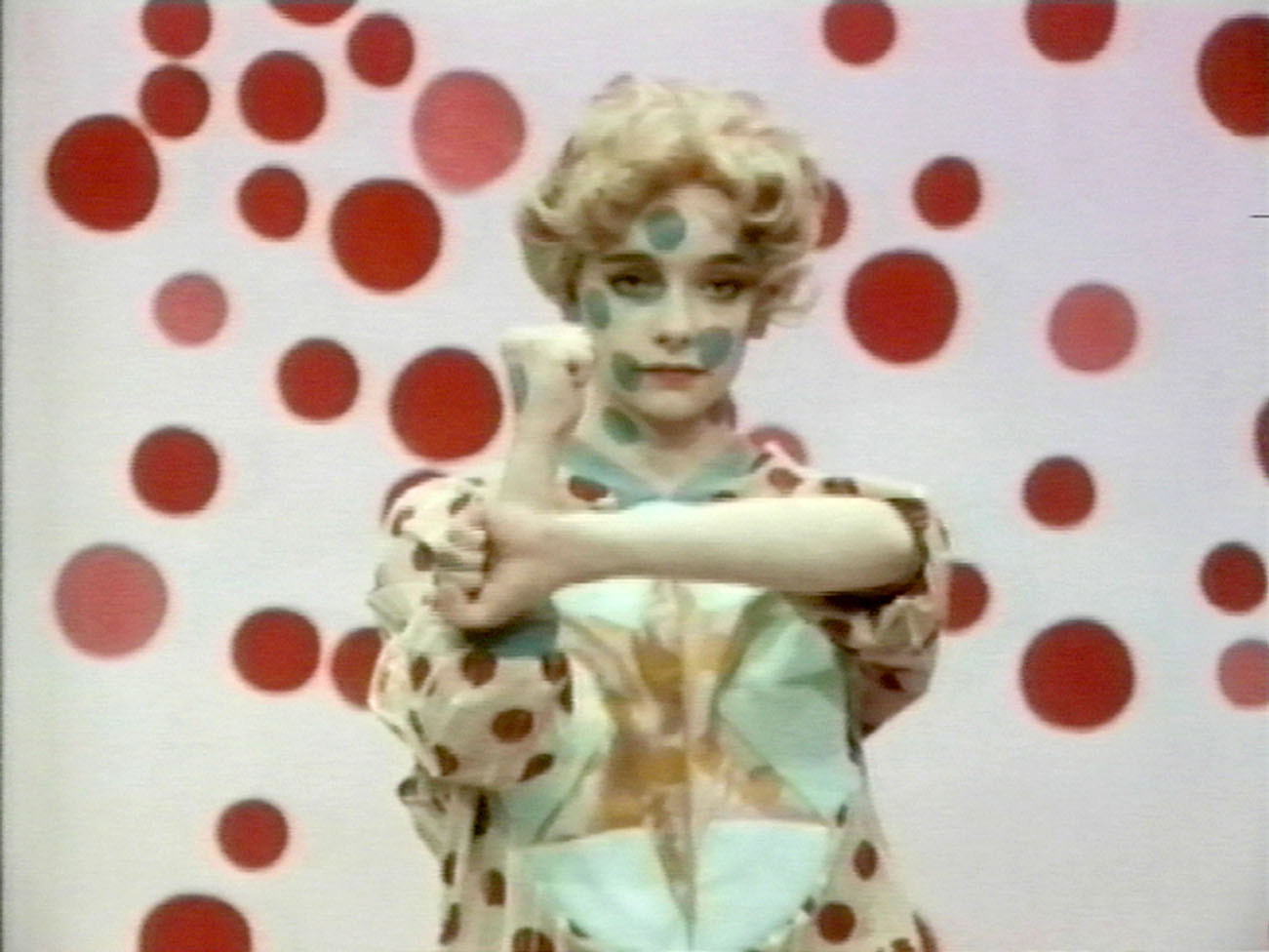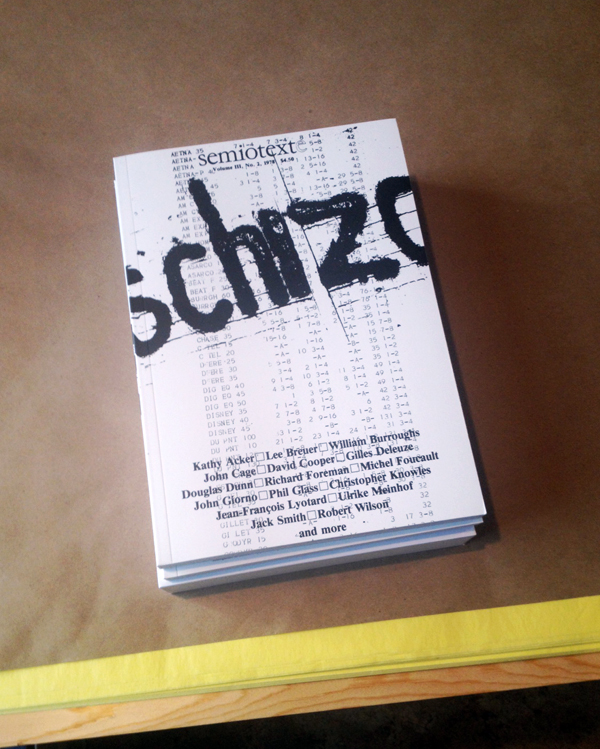Please join us this Thursday night, June 5th, from 6-8PM, in Los Angeles at Ooga Booga Chinatown, for the launch of Pentti Monkkonen‘s new monograph Box Truck Paintings, published by our very own DoPe Press! Pentti Monkkonen was also featured on the cover of issue no.10 of Paris-LA Magazine. At 7PM, artist Evan Holloway will perform a piece of experimental music based on the INTONARUMORI of Italian Futurist, Luigi Russolo. Please see details below!
ON THE BOOK
Box Truck Paintings is an artist’s book that presents the series of paintings Monkkonen exhibited in early 2014 in Switzerland at the Hacienda gallery in Zürich and at Truth and Consequences in Geneva. The “paintings” represent a continued engagement with transit, and are actually hybrid combinations of sculpture and painting. The tension inherent in the work evolves from this dual existence: relief sculptures of trucks which are also paintings on the trucks’ surface. In order to highlight the correlation between the art market and our oil-based lifestyle and capitalist superstructure, the work creates parallels between techniques of contemporary painting and traditional methods of image-making on the sides of trucks. The publication is accompanied by a stimulating conversation— especially commissioned for the book—between the artist, and the writer and curator Aram Moshayedi.
ON THE PERFORMANCE
In 1913 Russolo’s manifesto of futurist music L’Arte dei Rumori (The Art of Noises) proposed an expanded field of orchestral practice that would include the sounds of the Industrial Age. To this end, Russolo created an orchestra of noise producing instruments, the INTONARUMORI. At the premiere of his first composition, it is reported by fellow futurist F.T. Marinetti that the audience revolted, and the performance was loudly booed and shouted down. The Futurists, who were fond of boxing, responded by beating members of the audience, proud of sending several to the hospital. One can assume that this was all part of the fun, as one of Marinetti’s manifestos is titled “The Pleasure of Being Booed.”
The original instruments long ago disappeared. This particular instrument is not intended to be a faithful historical reproduction, but uses the same principles of the original instruments for a similar intention. It may or may not be historically accurate in its sonic results.










